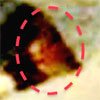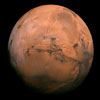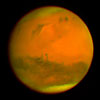Mars Update -Validating The Truth About Mars
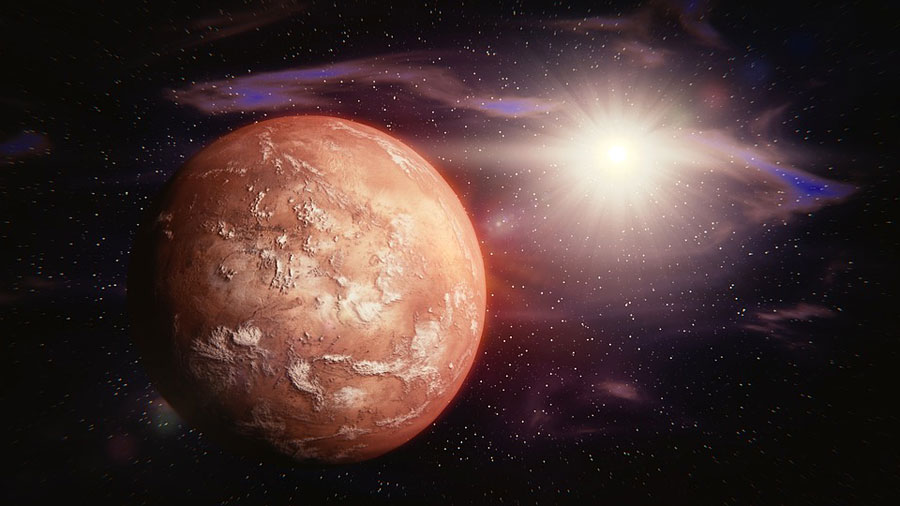 Compilation by Gloria Lynn
Compilation by Gloria Lynn
Confirming again what was written more then 60 years ago, right now Mars is undergoing a planetary wide dust storm.
“Now I will contact my Martian guide and take an astral flight through space, and see just how it is that man lives (underground) on the red planet. Almost immediately a very distinguished looking man stands before me; he is Nur El, a man of high position and esteem from one of the Martian cities. He is dressed in a very brilliant red suit. The coat is long, almost to the knees, with loose fitting pantaloons. On his head is a red hat with a square shaped brim that is turned up on four sides.”
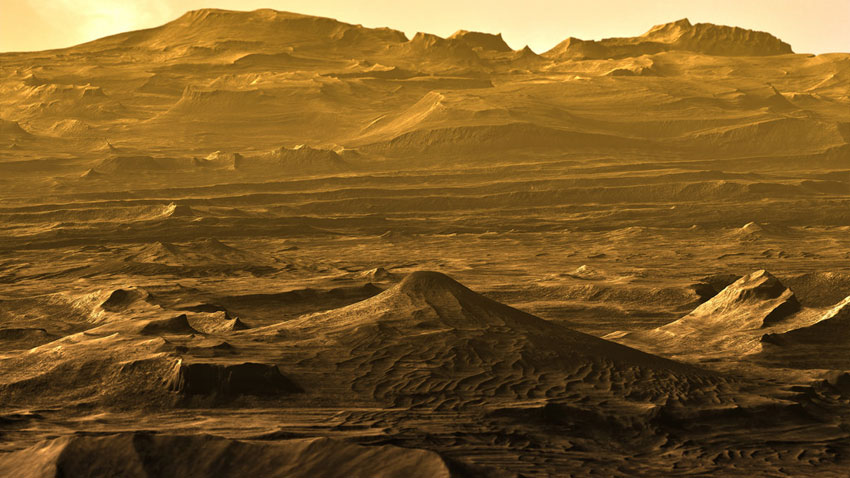 “Our trip there is a matter of split seconds as no craft is used or needed. Arriving on the surface of Mars, we are at once aware of the extremely rugged terrain, rocky hills and sandy wastes, that stretches out endlessly around us. There are many peculiar whirling dust clouds all about.”
“Our trip there is a matter of split seconds as no craft is used or needed. Arriving on the surface of Mars, we are at once aware of the extremely rugged terrain, rocky hills and sandy wastes, that stretches out endlessly around us. There are many peculiar whirling dust clouds all about.”

“Nur El explains that the ionosphere is very thin which leaves the surface almost unprotected from the various beta, gamma and cosmic rays. This high concentration of rays ionizes the very rare and gaseous atmosphere and together with the thermal currents, creates terrific dust storms.”
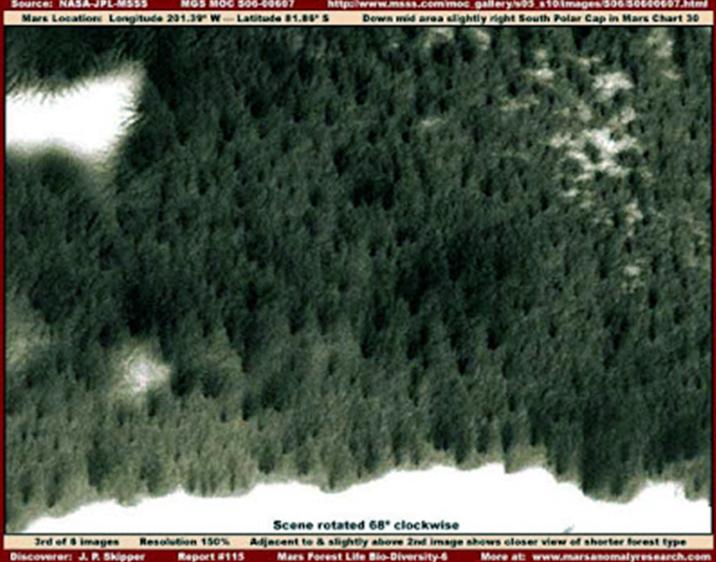

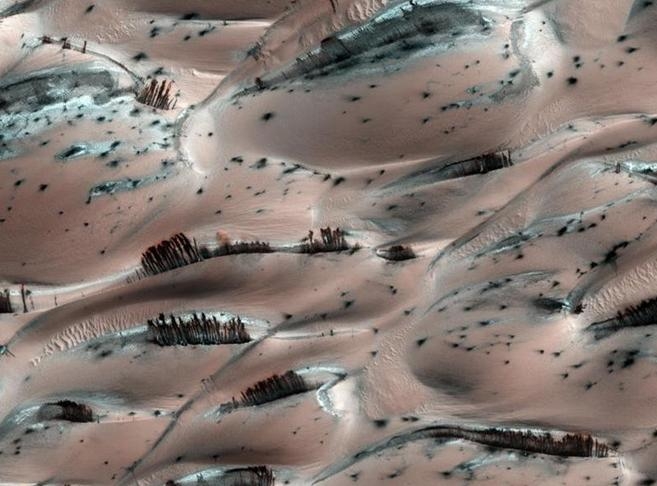
“There are also a number of species of lizards, reptiles and of some insects whose hard shells have enabled them to weather the extreme atmospheric conditions and among them are giant ants which walk semi-erect on the two hind feet. The guide tells me these are mutants, which were accidentally produced from a small ant, in an atomic experiment, ages ago. They are similar to humans in a very low state of intelligence and at one time it became necessary to make war on them, as they became so numerous and large. These strange ant creatures average two to four feet in height and live in rocky caves.”
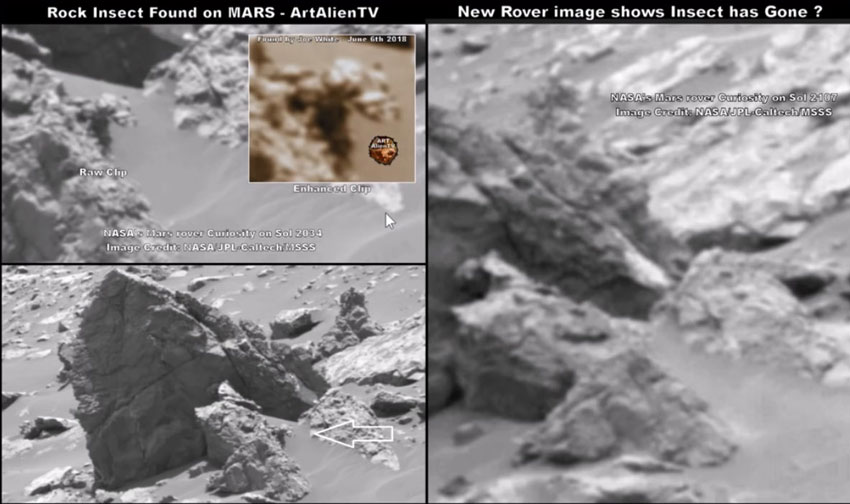
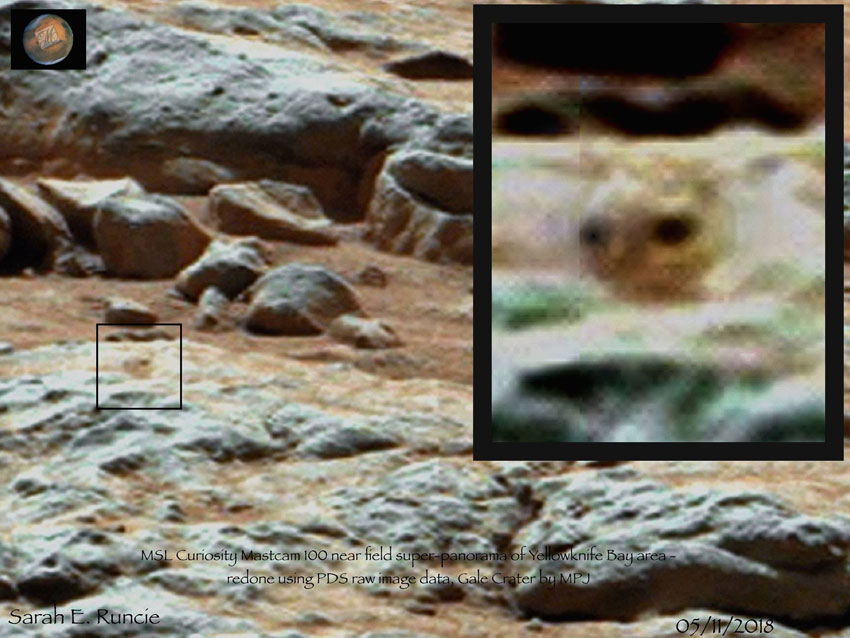
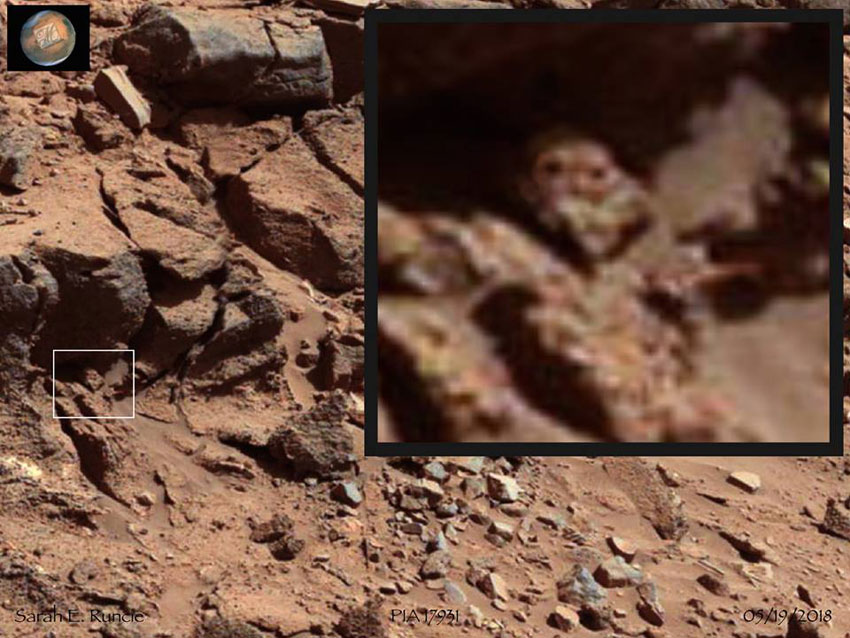
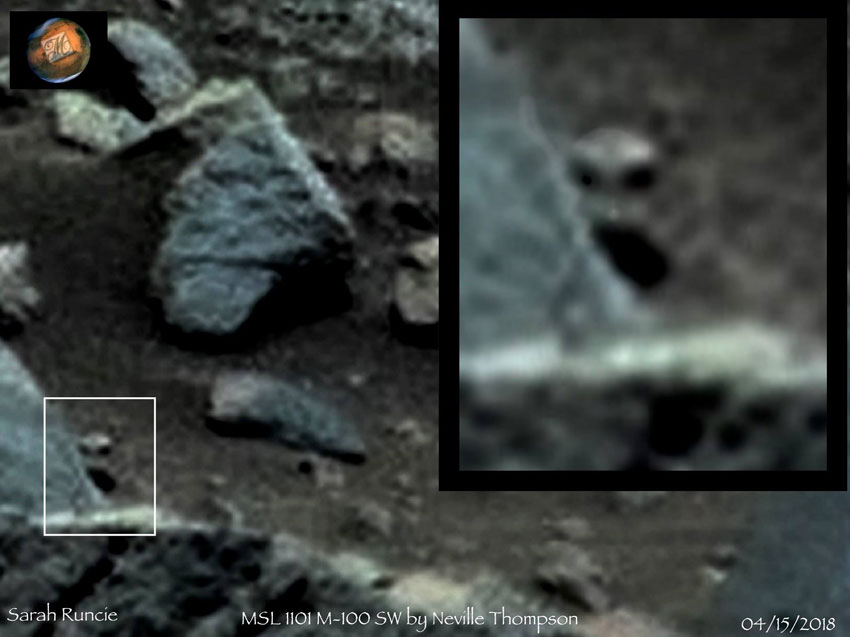
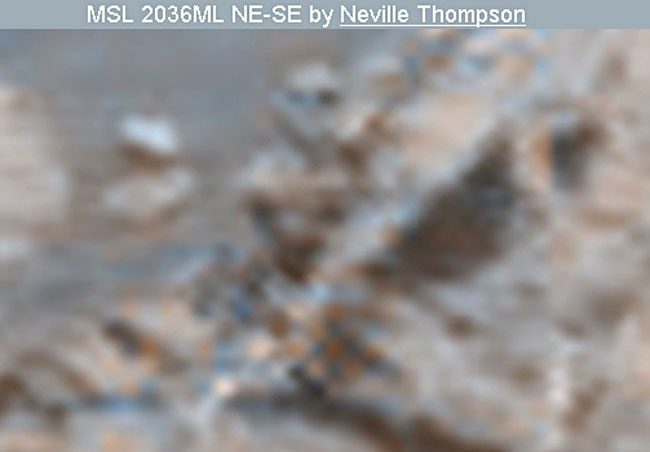
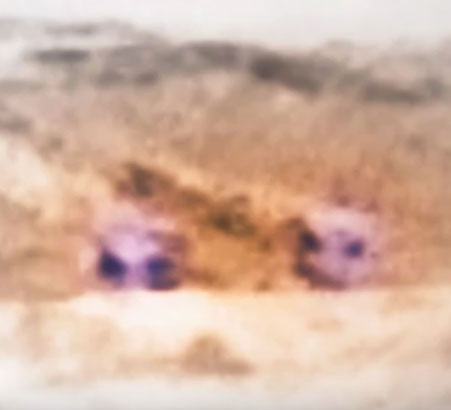
Later on, from page 23, Dr. Norman continues:
“As the outside atmosphere is very rare and of a low oxygen content, the Martian cities are becoming less and less dependent on that source of air supply. Many thousands of years ago they learned how to obtain air from water by electrolysis. They also make a great effort to create great underground reservoirs near the ice caps to drain off and store any surplus surface water, which also, along with the oxygen, has become increasingly rare through the centuries.
“At the present time, scientists on Mars are learning to make air and water synthetically out of other elements. They have also explored every possible existing subterranean river or lake and have added much to the dwindling water supply by some important discoveries. It is estimated that, with careful conservation, they will have enough water for several thousand years, during which time other means will have been arrived at for solving this problem.”
Once again the scientists have confirmed the validity of this incredible astral visitation from over 60 years ago with the just recent discovery of a lake twelve miles in diameter and one meter deep and approximately 1.5 kilometers under the southern polar ice cap. Article follows:
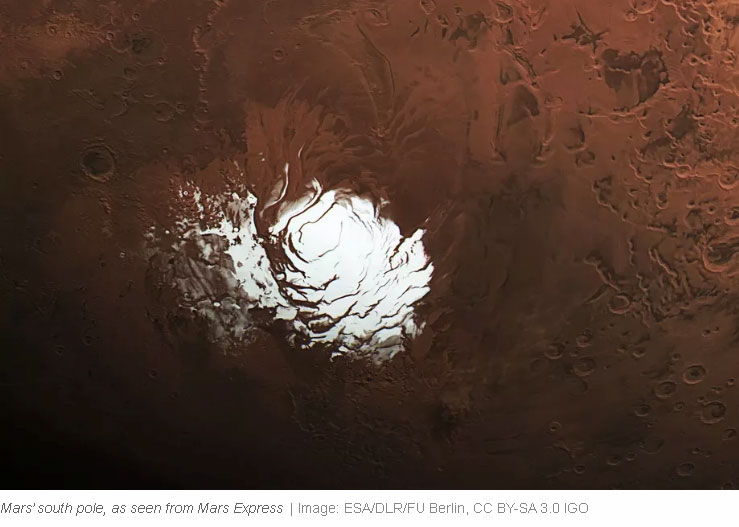 Published by TheVerge.com:
Published by TheVerge.com:
Scientists detect giant underground aquifer on Mars, raising hope of life on the planet
Radar has found something big under the surface
Mars hosts a huge underground aquifer of liquid water, according to a group of scientists who say they have found convincing evidence. The underground lake hasn’t been seen directly, but if it’s real, it’s a discovery that substantially increases the likelihood that the Red Planet might host life.
Researchers detected the possible reservoir with the Mars Express Orbiter, a European spacecraft that’s been orbiting Mars since 2003. While scanning the ice cap at Mars’ south pole, the probe’s radar instrument, called MARSIS, detected a feature about a mile underneath the surface that was about 12.4 miles wide. The structure has a radar signature that matches that of buried liquid water here on Earth, leading the team to conclude that there’s a lake under the glacier. The researchers say they’ve ruled out all other possibilities for what they’re seeing.
“I’ve run out of ideas on how to explain this in a way that isn’t water,” Roberto Orosei, a researcher at Italy’s National Institute for Astrophysics and lead of the team that found the formation, tells The Verge. “We’ve tried to exhaust every possible alternative, and we think we’ve done it.”
For decades now, planetary scientists have tried to find liquid water on Mars; most agree that it likely exists in certain regions. This finding, detailed today in Science, is the first indication that water may exist in pools underneath the Martian surface. That has big implications for the search for alien life on our planetary neighbor: bacteria have been found here on Earth in water under glaciers in Antarctica and Greenland. “Pretty much anywhere there is liquid water on Earth, you find something that’s managed to survive in it,” Tanya Harrison, a planetary scientist and director of research for Arizona State University’s Space Technology and Science Initiative who was not involved with this discovery, tells The Verge. An underground reservoir may be the perfect place for Mars microbes to survive as well.
However, the idea of liquid water under the surface of Mars is sure to be hotly debated. Today’s finding is only based on radar measurements, which means it’ll be difficult to confirm unless we send more sophisticated instruments to Mars in the future or if we actually drill into the ice. But if there is a lake under Mars’ south pole, that may mean there are even more aquifers we just haven’t detected yet. “This would be the first pocket of water [on Mars], and it begs the question: is that true and are there more of them?” Jim Green, NASA’s chief scientist, tells The Verge.
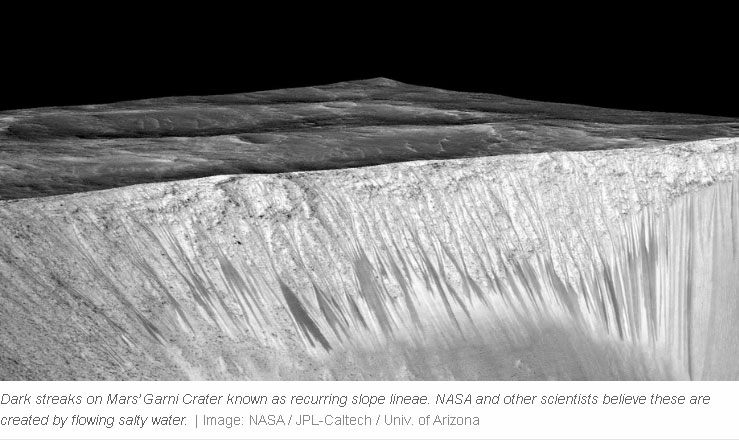
NASA is already fairly certain that some water flows on the Red Planet’s surface. In 2015, the space agency announced that a bunch of bizarre dark streaks seen on Mars were likely made up of salty water. That was the first big confirmation that water exists as a liquid on Mars, which is remarkable when you consider that the planet has an average temperature of -80 degrees Fahrenheit. Salt in the water lowers its freezing point, allowing it to stay liquid in frigid conditions; scientists believe the salt probably comes from Martian rocks.
Some scientists have had their doubts about those streaks, too. One team has suggested the streaks are just dark grains of sand rolling downhill. But even if those flows are truly liquid water, they’re not quite habitable. They’re fairly small and thin, and they only appear during the warmer times of the year when it’s possible for the water to exist as a liquid. That means the winter wouldn’t be very hospitable. “On any place on the surface of Mars, even where water appears periodically, a terrestrial living organism would die,” says Orosei. “There would not be conditions for their sustained survival.”
That’s what makes this unseen aquifer so exciting: it’s potentially big and stable. It’s far enough underground that it isn’t affected by seasonal changes in the planet’s surface temperature, according to Orosei. It probably contains lots of salts, such as magnesium, calcium, and sodium. And the team thinks that the polar ice on top of the water is creating a lot of intense pressure, which also makes it easier for the reservoir to stay in a liquid state. Increased pressure prevents water from freezing at lower temperatures. So it’s possible this aquifer stays a liquid all year round, which is good news for habitability “It constitutes the closest thing to a habitat we’ve found on Mars,” says Orosei. “It’s the only known place on Mars where a terrestrial microorganism, at least the tough ones, could possibly survive. Though we don’t know for sure.”
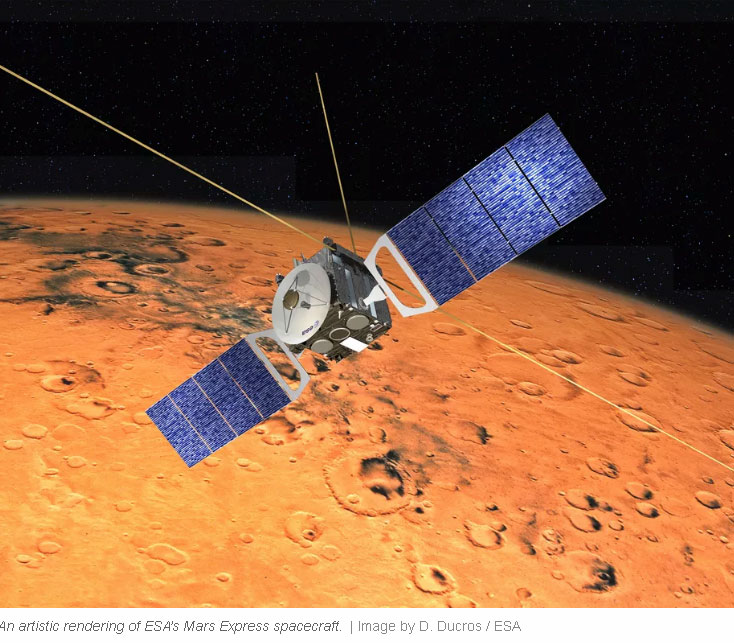
Orosei and his team collected data from the south pole from May 2012 through December 2015 and then spent an additional two years ruling out all of the possible alternatives for what the MARSIS instrument had measured. It’s likely that other scientists may try to find additional explanations. “The interpretation of it as water, I think a lot of people in the community are going to want to see more beyond just the radar,” Cassie Stuurman, a research and development intern at satellite imaging company Planet, who discovered a huge ice deposit under Mars in 2016, tells The Verge. “The results are consistent with water, but I’d like to see more evidence before we say anything conclusive.”
The radar measurements don’t give any good indications of thickness, so we don’t know how deep this lake goes. It could be a deep body of water, or it could be a type of sludge that’s mixed with lots of small rocks. “We shouldn’t have a picture in our head of a lake because we don’t know,” Anja Diez, a geologist at the Norwegian Polar Institute, tells The Verge. “We only know where this water is, but we don’t know anything about the depth really.”
Fortunately, we may get some more answers about this area soon. In May, NASA launched a new lander to Mars called InSight, which is designed to probe the interior of the Red Planet and figure out its internal temperature. NASA’s Green says InSight’s heat probe could tell us how much heat is escaping the planet, and whether or not liquid water is even sustainable underneath the South Pole. “That instrument might be able to help us understand that the heat is adequate to keep this water liquid and not frozen,” says Green.
InSight isn’t quite enough to truly confirm the existence of the lake — if it is a lake. NASA would need to send a robot of some kind to drill into the ice or send a more powerful type of radar to Mars with more sensitivity than the MARSIS instrument. There are no current plans to send a tool like that on any future Martian spacecraft. But Green says this discovery may lead to conversations about what kind of tool might make sense to send. “There has quite a bit of discussion by NASA and other agencies for doing that,” he says. “This now will have some urgency associated with it.”
A more powerful radar may also be able to tease out other potential aquifers under the Mars surface — if they’re there. The south pole reservoir had to be fairly large for MARSIS to pick it up, but a more sensitive instrument could detect even smaller pockets. Finding more of these hidden lakes, especially at lower, warmer altitudes, could greatly influence how we send humans to Mars one day. If there is indeed an aquifer underneath a good landing site, NASA may try to land humans there to drill into the ground and look for microbes.
“That could illuminate a network of underground aquifers that would hopefully be more convenient and then aid us in deciding where humans would land,” says Green. “Because [water’s] an important resource we’ve got to have.”
“The scientists of Mars have informed me that our telescopes, in the photographing process, are subject to error and do not get refraction but infraction. Sometimes the light rays, or vibrations as they are more properly called, are at times subjected to distortions, or bendings, in their flight through space, due to the proximity of some other planetary body. Because of the conjunction of magnetic lines of force, the astronomer does not always get a true picture of what he thinks he is seeing. Also the planet Mars on the outside of its surface has a tremendously charged shell. While it is invisible to the eye, this can cause great distortions in light-ray frequencies.”
This, no doubt, has been recently caught on video, again validating the foregoing from The Truth About Mars:
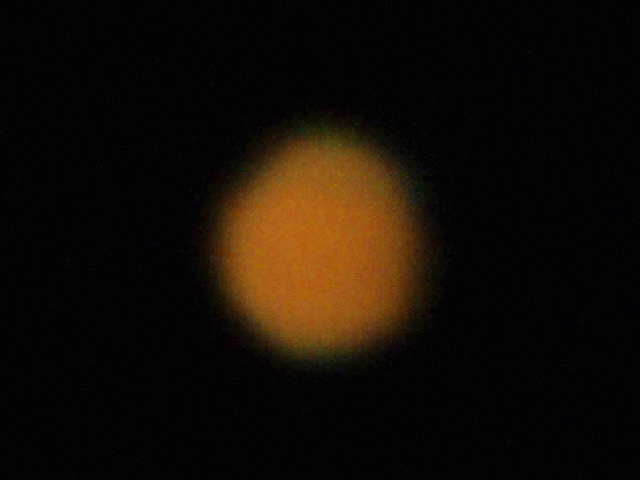
Currently Mars is approaching Earth for a 15-year close encounter on July 27, 2018. The red planet now outshines every object in the sky except the sun, Moon, and Venus but is almost three times brighter than Sirius, the brightest star in the sky, and 30% brighter than the giant planet Jupiter.
Mars not only outshines every object in the sky, it is doing things only very luminous objects can do–like produce a green flash, as seen in above animation, reports spaceweather. Image credit: Peter Rosen.
Posted in Life On Other Worlds, The Truth About Marswith comments disabled.


